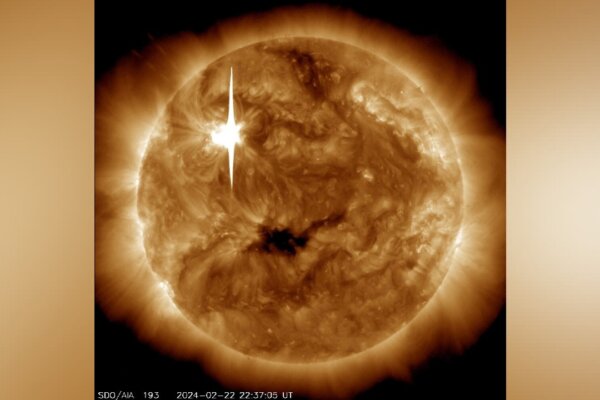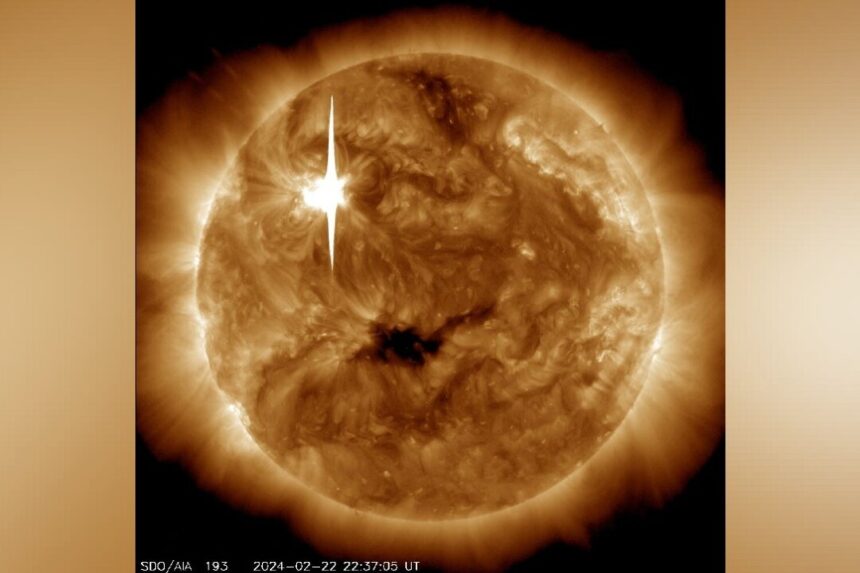
Researchers have discovered that the sun’s magnetic field, responsible for solar storms like the recent one that created stunning auroras, may originate at shallower depths within the star’s interior than previously believed. Through new theoretical models and observations by the sun-observing SOHO spacecraft, it has been determined that the magnetic field is generated near the top 5% of the sun’s outer layer, rather than near the bottom as long hypothesized.
This new understanding not only sheds light on the sun’s dynamic processes but also improves the ability to predict solar storms and protect against potential damage to electricity grids, radio communications, and satellites. The sun’s magnetic field drives the formation of sunspots and triggers solar flares by releasing hot charged particles into space.
“The top 5% to 10% of the sun is a region where the winds are perfect for creating abundant magnetic fields through a fascinating astrophysical process,” explained lead author Geoffrey Vasil from the University of Edinburgh in Scotland.
Researchers believe that the rotational flow patterns of super-hot ionized gases inside the sun play a crucial role in generating its magnetic field, known as the solar dynamo. These flow patterns help maintain the sun’s magnetic field by preventing it from decaying over time.
Sunspots emerge and vanish in an 11-year cycle, making the sun a “giant magnetic clock.” However, the exact mechanisms behind this process remain a mystery, showcasing the complexity of the sun’s behavior.
While the recent solar storm caused awe-inspiring auroras on Earth, more severe storms could have catastrophic effects on our technological infrastructure. Understanding the sun’s magnetic field is crucial for developing strategies to mitigate the impact of solar storms on Earth.
As researcher Daniel Lecoanet from Northwestern University explained, “Magnetic fields near the surface of the sun can stretch and break, launching material into space in the form of a solar storm. These storms can pose a significant threat to our satellites and power grid.”
Despite centuries of study, the sun continues to surprise and challenge scientists, emphasizing the need for ongoing research to unlock its secrets.
By Will Dunham





